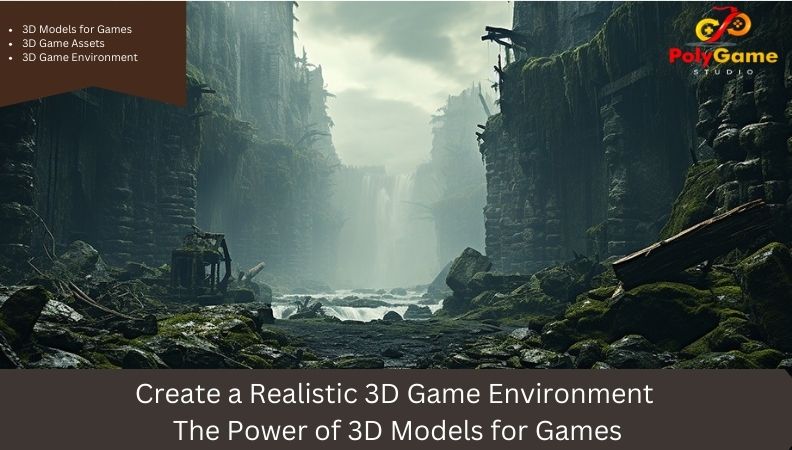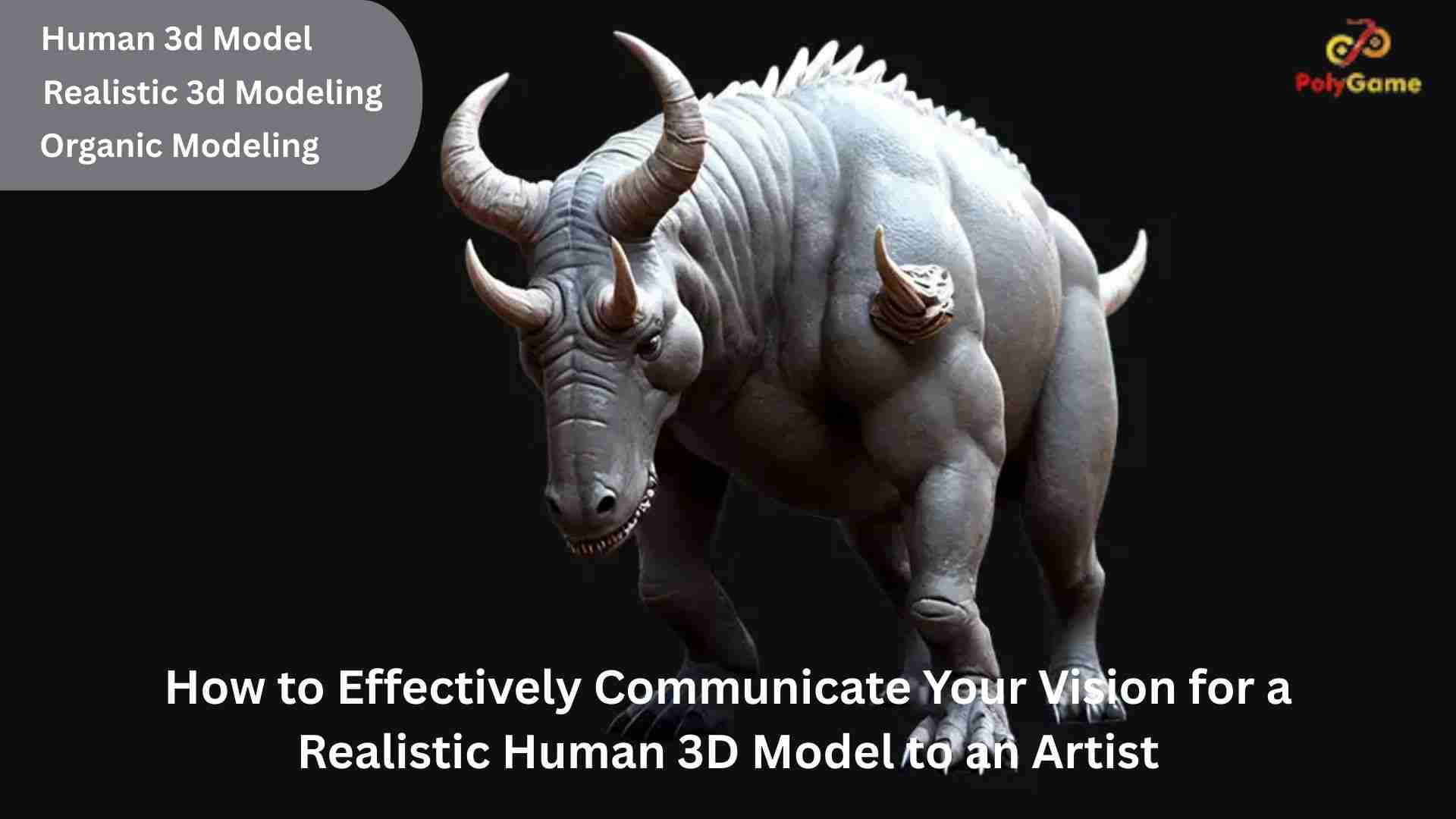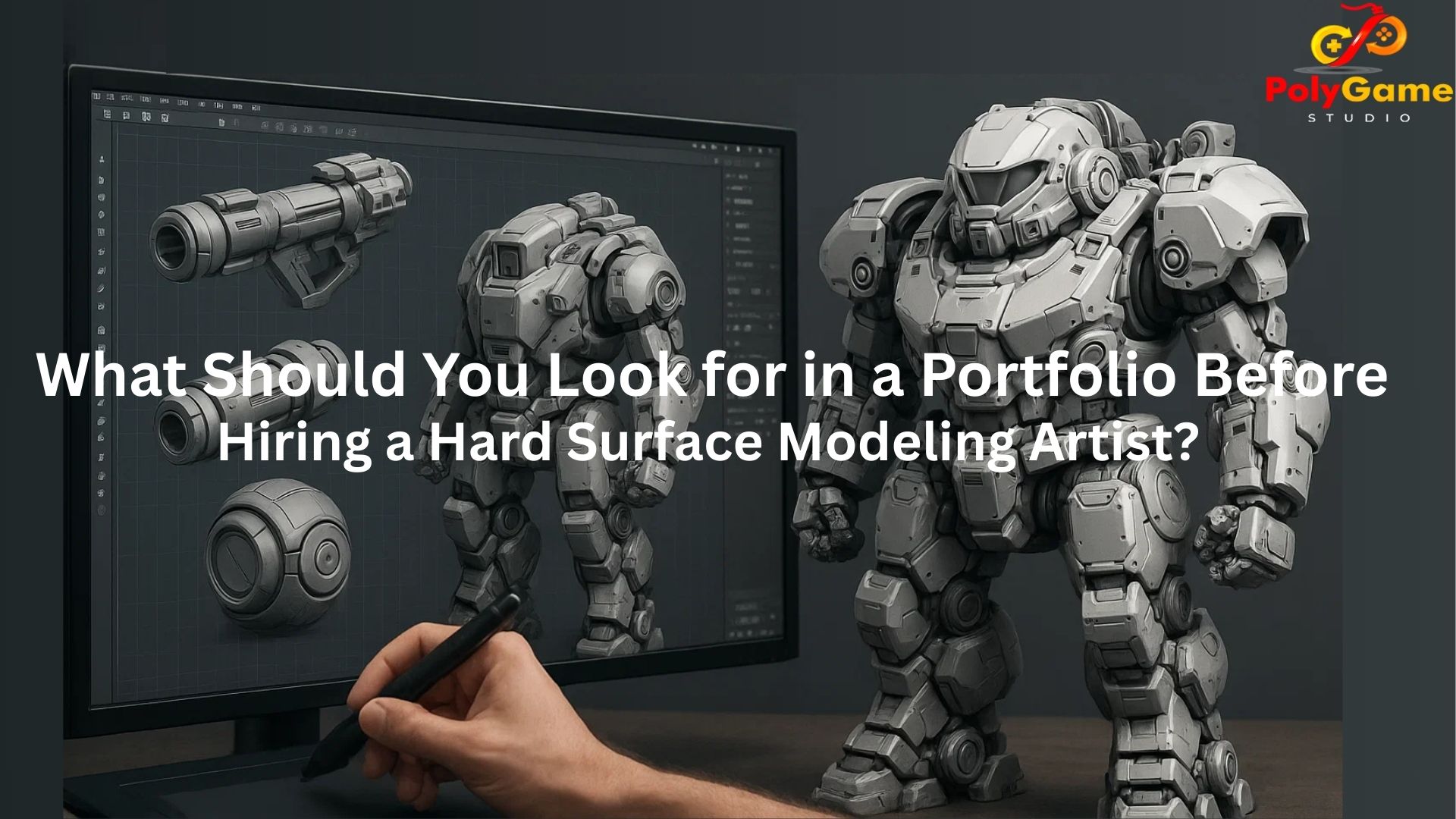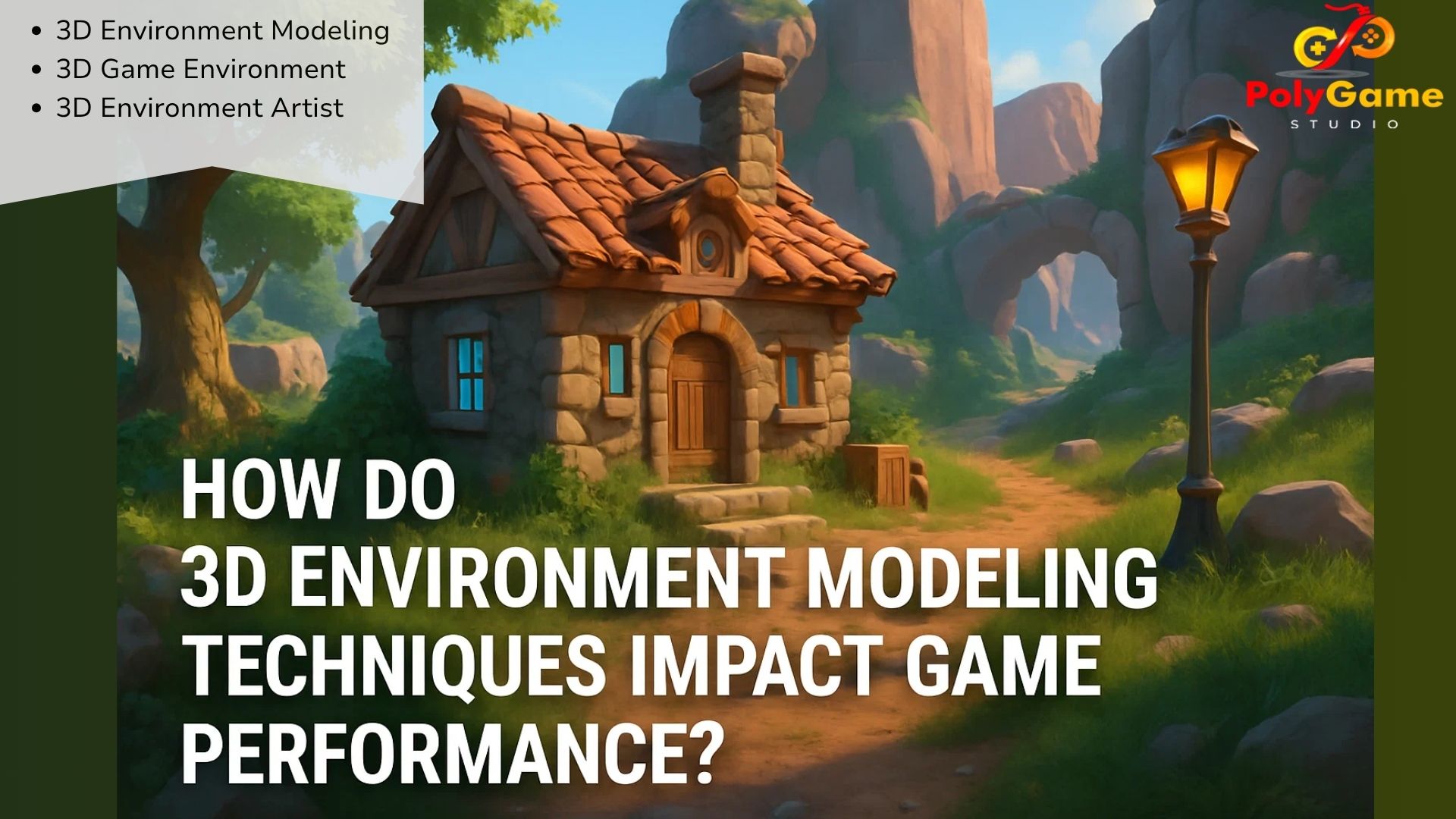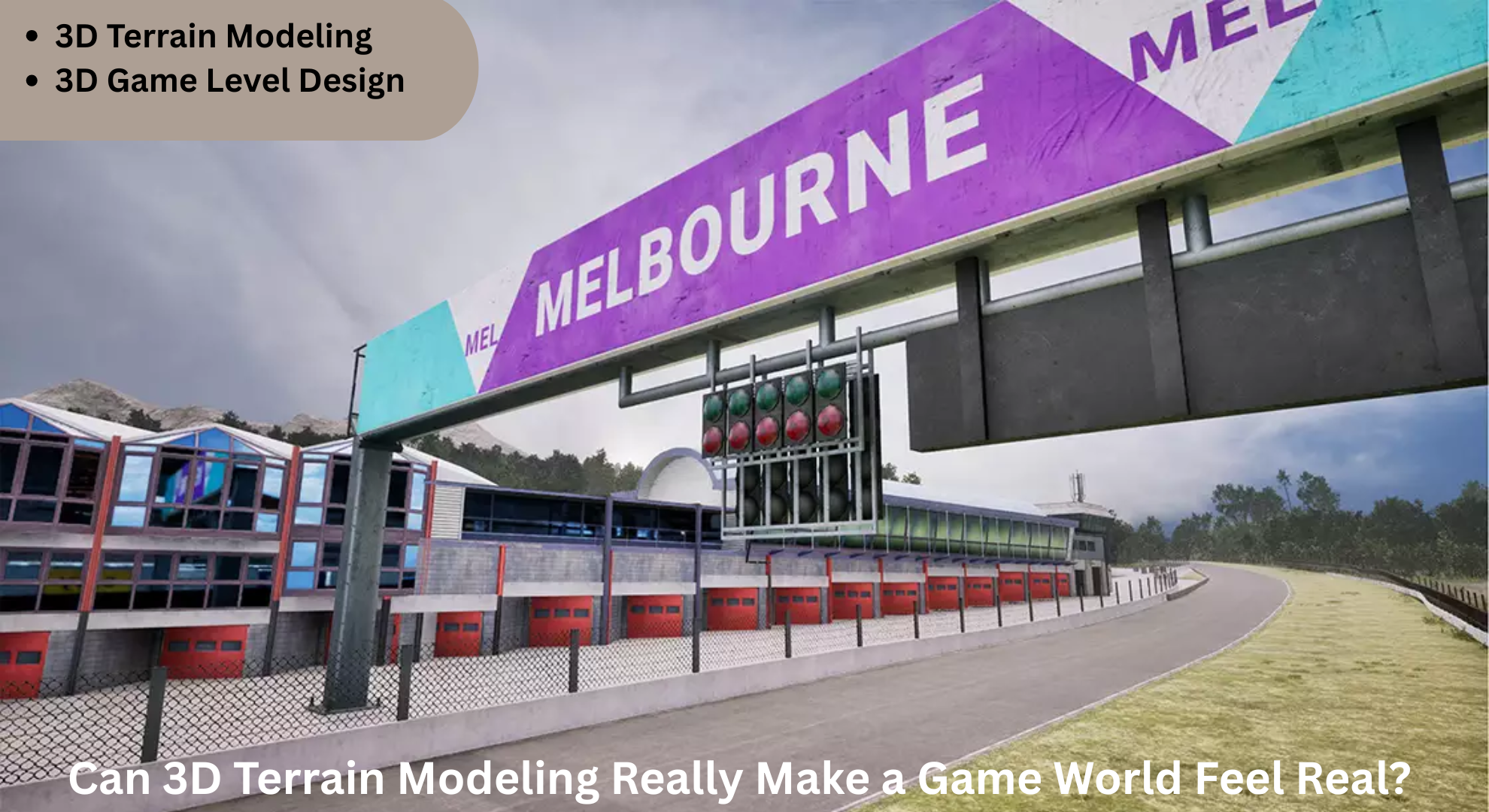Experience an immersive gaming environment with our 3D modeling services.
3D Models for Game environments have fundamentally and radically changed the gaming industry. It has revolutionized the way games are designed, developed, and experienced, contributing to improved graphics, immersive 3D game environments, and realistic gameplay. Advances in 3D graphics technology have pushed the limits of visual quality in games. Real-time ray tracing, advanced lighting effects, and detailed textures are made possible by advanced 3D Game Modeling techniques. Many games now include user-generated content, allowing players to create and share their own 3D models, levels, and 3D game assets. This fosters a strong community and extends the longevity of your games. Game artists and designers can realize their creative vision with 3D Game Modeling. By sculpting and texturing 3D game assets, they can convey emotion, story, and atmosphere in ways previously limited by 2D graphics.
Game Design and Development
In today’s world, game design and development have a wide range of aspects. 3D Game Modeling tools allow game designers to more accurately design and prototype game worlds. It allows you to create complex landscapes, structures, and characters, making it easier to visualize the game mechanics, level design, and overall aesthetics.
It can be further broken down into the following aspects:
Conceptualization
Concept development is the phase where ideas are generated, the game concept is defined and the core mechanics are outlined. 3D Game Modeling helps and contributes to artists and designers to visualize the game world and objects in three dimensions. Concepts are often sketched or created as basic 3D Models for Games to provide visual direction.
Asset Development
Here, detailed 3D models of in-game characters, props, 3D game environment, and other objects are created. Artists use 3D modeling software to sculpt and design these 3D game assets. They bring the models to life by applying textures, materials, and sometimes animations.
Animation
Characters and creatures need animation to move realistically. Animators outfit the 3D models with virtual skeletons and create animation sequences that determine how these models move and interact. These animations bring the game to life, making characters and creatures behave convincingly.
Testing
Once the 3D game assets are integrated, the game enters the testing phase. Game mechanics, level design, and visual elements are evaluated. 3D Game Modeling supports iterative development. If something doesn’t work visually or functionally, adjustments can be made to the model to improve the game experience.
Release
The game is released to customers. Additionally, the developer can provide updates, expansions, and downloadable content (DLC). 3D game environment are a collaborative process where artists, designers, animators, and programmers work together to realize the vision for the game. 3D modeling allows for the creation of immersive and visually appealing game worlds, characters, and interactions, ultimately enhancing the gaming experience.
What does the future hold?
Integrating 3D Game Modeling into the gaming industry has already brought about great advancements, but future impacts are expected to be even more transformative.
Here are some possible directions and trends for the future of the gaming industry with the continued integration of 3D modeling:
Virtual Reality (VR) and Augmented Reality (AR):
3D game environment play a key role in creating immersive experiences with VR and AR. As these technologies become more prevalent and sophisticated, 3D Models for Games will contribute to even more engaging and interactive virtual worlds.
Procedural Generation:
3D modeling can be combined with procedural generation techniques to create rich and diverse game worlds. This creates more dynamic and diverse 3D game environment that adapt to player actions, creating a unique experience with every playthrough.
Real-time collaboration:
Advances in cloud computing and real-time collaboration tools enable artists and developers from all over the world to work together on the same 3D models, accelerating development cycles and driving innovation.
Sustainability and efficiency:
The games industry is likely to explore ways to create 3D models using more sustainable methods, including optimizing resource use and reducing waste in the design and manufacturing process.
Are you ready for the big jump?
3D modeling is transforming gaming environments. We need to realize that this revolution goes beyond pixels and polygons. It reshapes the very essence of how companies in this field operate and thrive. The introduction of 3D modeling to the gaming industry promises a truly amazing future. Its game environment designs are fundamentally focused on breathtaking detail, with characters showing almost tangible emotions, making users feel like they’re not just playing a game, but immersed in another reality. 3D Game Modeling has the power to make this vision a reality, transcending the limitations of the screen and opening the door to unprecedented immersion.
Designers and artists get the tools to shape and bring their ideas to life like never before. With precision and imagination, they can create worlds that captivate players and immerse them in stories that are not only visually beautiful but also emotionally compelling. From the first concept to the final finish, there is a transformative effect that grows deeper. Companies in the gaming industry are in the midst of a transformation that redefines their services, improves the gaming experience, and unlocks unknown possibilities. 3D game environment is the catalyst that will catapult the industry into uncharted territory, where the boundaries between reality and fantasy are blurred and innovation is limited only by the boundaries of creativity.
Final Thoughts
The gaming industry is now ready to conquer uncharted territory in a new era. 3D game environment design features a blend of technology, artistry, and innovation that come together to create gaming experiences that resonate deeply and leave an indelible mark on the soul of entertainment. The impact of 3D technology on the gaming business is not just significant; it is a phenomenon that is redefining the very essence of what it means to play and create in the digital age. Get ready to embark on this transformative journey – the future is full of possibilities beyond imagination.



